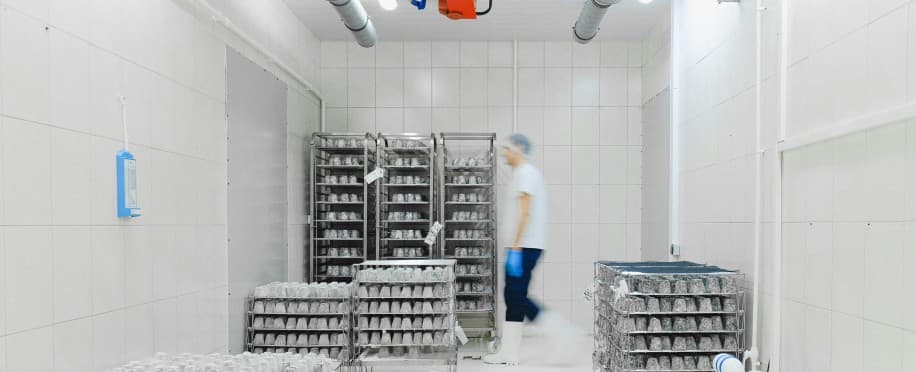Copyright © 2025 lpcentre.com All Rights Reserved. London Premier Centre For Training Ltd Registered in England and Wales, Company Number: 13694538
version: 3.0.1

Posted on : 3/27/2025, 10:32:13 AM
Do you know what Cold chain logistics is? It's the secret operator that keeps your sushi fresh and your medications effective. Are you curious about what this system involves? Let's explore some methods that make cold chain logistics indispensable for the global preservation market.
At its core, cold chain logistics refers to transporting, storing, and handling temperature-sensitive products through a supply chain equipped to maintain specific temperature ranges. Food, medications, and some chemicals are examples of perishable items whose quality, safety, and effectiveness depend on this system.
In comparison with standard logistics, a cold chain needs technological equipment and processes to ensure that products remain within their required temperature thresholds from origin to destination. When a break in this chain happens, there could be spoilage, reduced potency, or even safety hazards.
Are you wondering what parts this system includes? Let's take a closer look:
Storage facilities, such as refrigerated warehouses and cold rooms, are designed to keep products at specific temperatures. These environments utilize advanced cooling systems, including blast freezers and chillers, to rapidly achieve and maintain the desired conditions.
Transporting perishable goods requires refrigerated vehicles (or reefers) which are equipped with temperature control systems. To be more precise, these vehicles maintain the necessary environment along shipping journeys, whether by road, sea, or air. The choice of transportation method depends on factors like distance, product sensitivity, and required delivery times.
Continuous monitoring is vital to ensure that temperature parameters are consistently met. Modern cold chain logistics employ sensors, data loggers, and software solutions to track conditions in real time. This technology allows for immediate corrective actions if deviations occur, thereby safeguarding product integrity.
Appropriate packaging is essential to protect products from temperature fluctuations and physical damage. Materials such as insulated containers, gel packs, and dry ice are commonly used to maintain the required conditions during transport and storage.
Cold chain logistics are much more popular than you think. Several industries depend heavily on them, including:
Medications, vaccines, and other pharmaceutical products often require strict temperature controls to remain effective. For instance, certain biologics must be kept within a 2°C to 8°C range throughout the supply chain.
Similar to pharmaceuticals, perishable items (dairy, meats, and fresh fruit) need to be stored within specific temperature ranges from farm to table so they don’t go bad. Moreover, the cold chain is also essential to the beverage industry's ability to preserve product quality, particularly for goods like specialty juices and craft beers.
Some temperature-sensitive chemicals require controlled environments to prevent hazardous reactions or degradation. Proper cold chain logistics ensure these substances are transported and stored safely.

So why do we need to keep things cold? Implementing a robust cold chain system offers numerous advantages:
Despite its benefits, cold chain logistics presents several challenges:
To enhance cold chain operations, consider the following strategies:
Cold chain logistics is a critical component of the modern supply chain, ensuring that temperature-sensitive products reach consumers in optimal condition. By understanding its key components and challenges, businesses can implement effective strategies to maintain product quality, safety, and compliance. As global demand for perishable goods continues to rise, investing in efficient cold chain logistics will remain essential for industries worldwide.
Improving Purchasing Performance